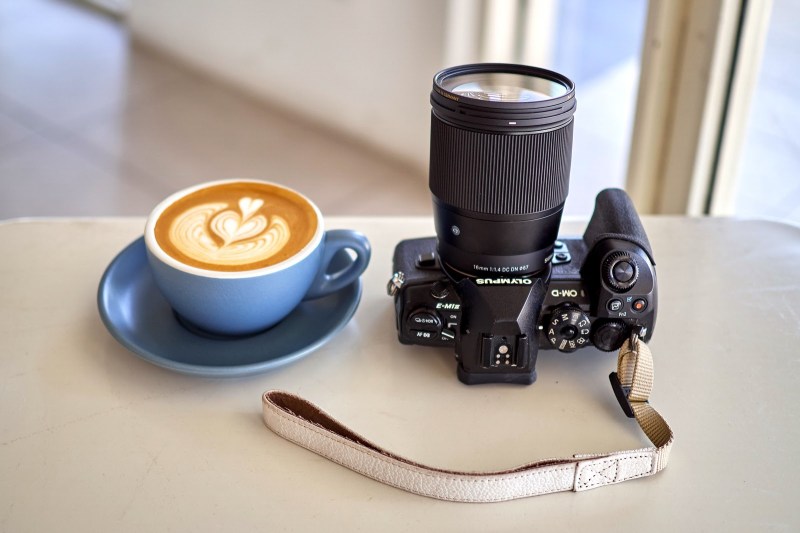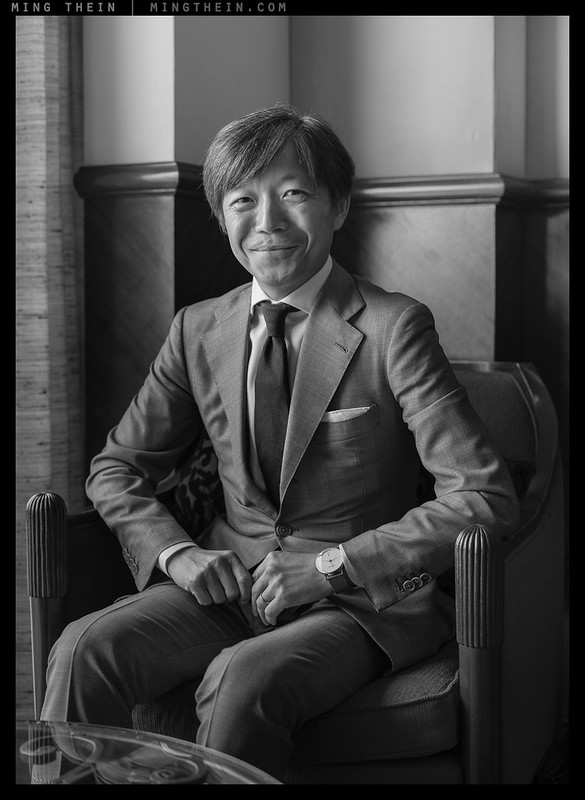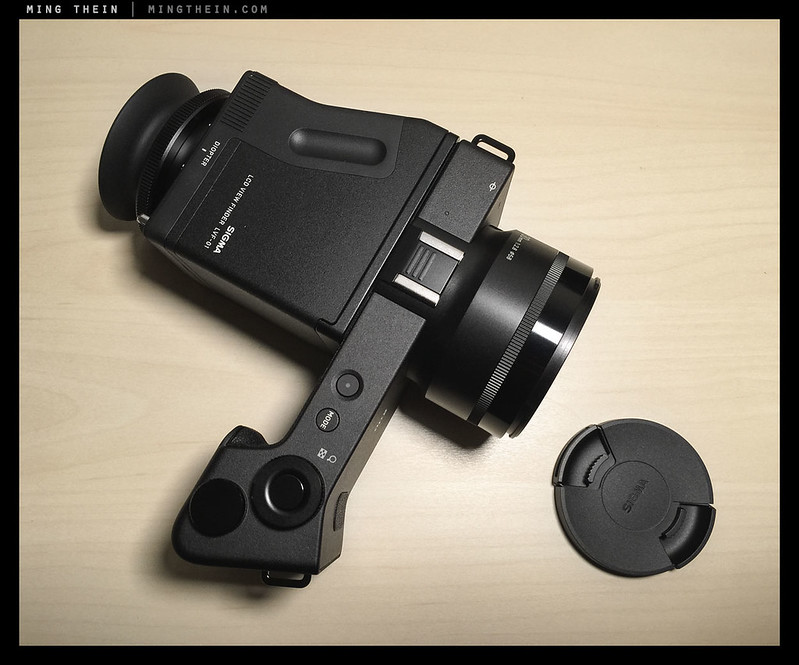As mentioned in my initial review of the Sigma 16mm F1.4 DC DN Contemporary lens, I had the lens for a few more days – enough for a quick round of weekend shutter therapy. Considering I shot mostly at night/low-light for the review, I took this opportunity to test the lens under more favorable light conditions. I also shot images with human subjects as I normally do for my street shooting.
Review: the Sigma 16mm f1.4 DC DN C
After my review of the Olympus M.Zuiko 17mm F1.2 PRO, a few people suggested a lower priced yet seemingly competent alternative – the Sigma 16mm F1.4 DC DN Contemporary lens. A dear friend, Amir, who recently obtained a Sigma 16mm was kind enough to loan it to me for review purposes. So is this really a budget-friendly option to the 17mm F1.2 PRO from Olympus, and does the Sigma lens perform well enough under the standard Robin Wong lens torture tests?
Some quick disclaimers; neither Ming Thein nor I are associated with Sigma Malaysia. This is an independent review and my approach is always based on user experience and may be subjective. The Sigma 16mm F1.4 was used on the Olympus OM-D E-M1 Mark II for all the sample images shown in this article. All images were shot in RAW and post-processed using Capture One Pro, with minor adjustments. You may view the images from this article in higher resolution on an online Google Photo album here.
On making lenses, inside Sigma, and the 18-300…
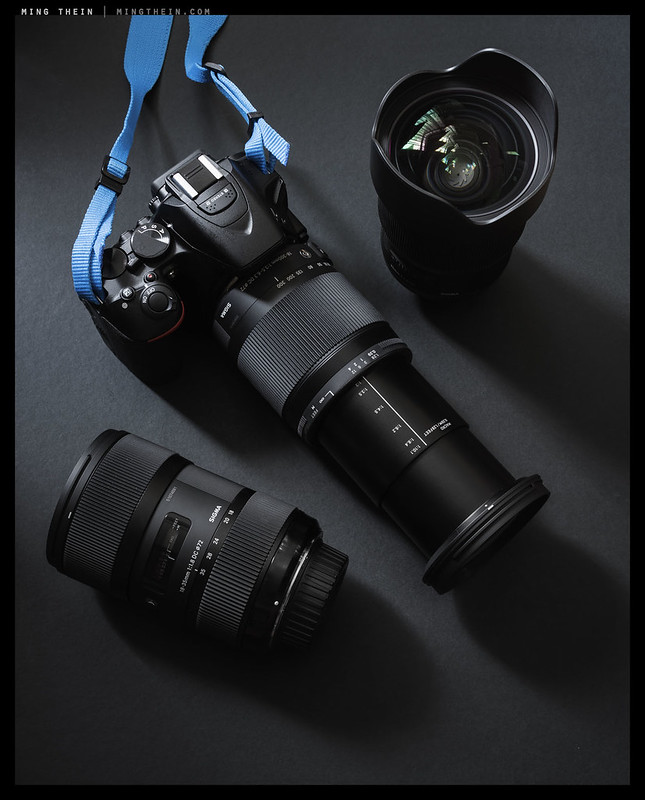
Monochrome images in this article from the factory were shot with a Leica Q. Color images were shot with a Nikon D5500 and Sigma 18-300/3.5-6.3 DC OS Macro C.
Following the interview I conducted with him last year, Sigma CEO Kazuto Yamaki invited me to ‘visit home’, as it were, should I ever be in Japan. I took him up on that offer following the Tokyo Masterclass in November. Of course, Sigma’s production facilities aren’t located in Tokyo (even though the design and marketing parts of the firm are): far from it; a number of modes of transport brings us to Bandai, where the factory is. We were graciously hosted by Kazuto-san and Shinji-san, who works in international marketing and is Kazuto-san’s cousin. Sigma, as I found out earlier, has always been a family business. And that allows them to take an interesting approach to lensmaking.
Battle of the best 20/21s: Sigma 20/1.4 Art vs Zeiss 2.8/21 Loxia
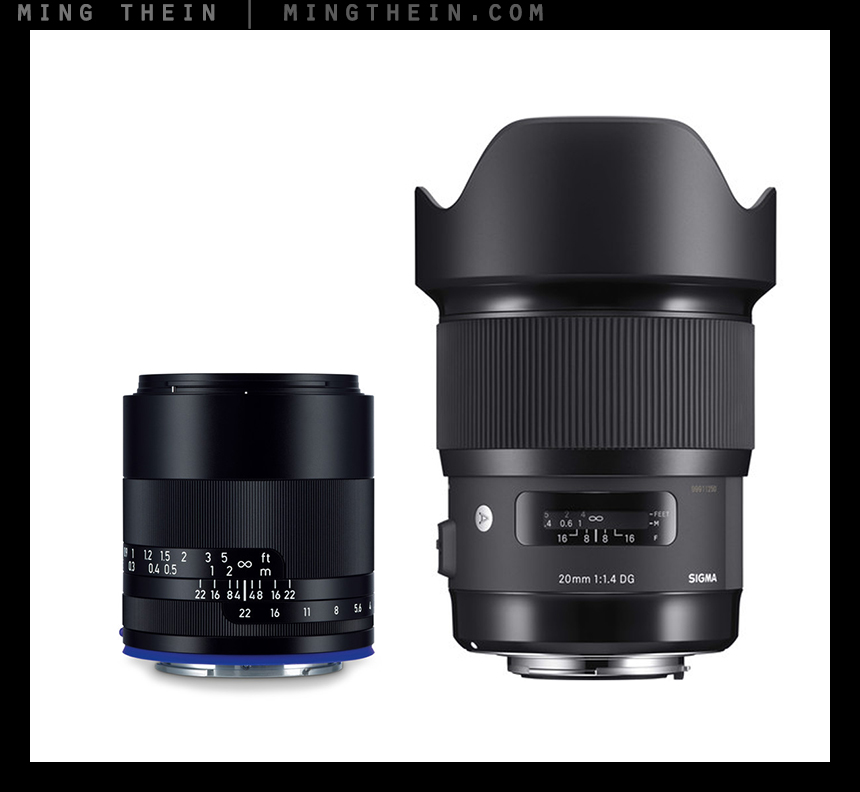
Images courtesy respective manufacturers, composited to roughly correct relative size – my samples had to return home before I got a chance to put them together in the studio for th usual product shoot, and I’m still awaiting delivery of my own personal lenses.
I’ve recently had a chance to shoot a) the best two wide angles available at the moment, and b) shoot them against each other on the same camera body. This is not a direct comparison. There are however limitations to the testing – very limited time* and no way to mount one without. Furthermore, the lenses were both final preproduction prototypes, which could mean they are either good samples because they’re hand adjusted…or there’s some variance, because…they’re hand adjusted. Tests were performed on a Sony A7RII body mounted on a Arca-Swiss P0 head and RRS24L tripod – i.e. sturdy – and released via IR remote. The adaptor used was a Metabones Nikon G-NEX model, tested and found to be good with various other lenses including the Zeiss 28 Otus. However, it’s worth noting that the shorter the focal length, the more sensitive a lens is to small skew because only very small movements are needed to change effective focusing distance. I’m sure many other limitations in methodology can be found, but remember we are aiming for the best we can do in field conditions without giving one lens or the other a sensor-based advantage. Observations must therefore be taken as preliminary.
*Literally, about an hour after dark during a recent visit to Sigma HQ in Aizu, Japan. Crops are 100% where stated; I will not be posting full size images because IP rights sadly don’t seem to mean a thing online.
An exclusive interview with Kazuto Yamaki, CEO, Sigma
I recently had the opportunity to spend some time with Sigma global CEO Kazuto Yamaki during his visit to Kuala Lumpur for the dp0 Quattro launch, courtesy of regional distributors APD. What followed was a most interesting and candid discussion during which it became clear to me that he has a very adroit handle on things and a remarkable philosophy. I believe Sigma is going to be one of the companies that not just survives the market slowdown, but may well come out benefitting from it. Here’s why.
Review: The Sigma DP2 Quattro
Normally, we look at a camera from a holistic point of view and compare it to the competition or the class leader. This unfortunately doesn’t make sense for extreme outliers like the DP2Q; we’ll have to do something a bit different. This review will look primarily from the point of view of image quality, and whether we can live with everything else. This is the opposite from every other review I’ve written to date, and the reasons for this will become clear soon enough. The other big change will be considering workflow and software as part of the camera package: it’s impossible to do anything else, since unlike every other camera, there is no universal workflow we can apply. Those of you who do not like caveats, are unable to look at something objectively, or are not open minded, I suggest you save yourselves some angst and stop reading now.
Review: The Sigma DP3 Merrill

You’re probably wondering why this DP3M doesn’t look anything like the press release photos – my friend attached a RRS grip and plate to it, and rightly so; without it, the camera is not very comfortable to hold.
I eventually caved to both pressure and curiosity, and borrowed the Sigma DP3M from master printer and good friend Wesley Wong – who has the DP Merrill in all three flavors. In case you’ve been living under a rock for the last few years, Sigma has been going their own way with the DP series of large sensor compacts; all of their cameras now share the same 14.7 MP (effective) three-layered Foveon sensor, with a 4.99 micron pixel pitch and true color/ true resolution information across all photosites. In a nutshell, the difference between Foveon and Bayer sensors is that the former records actual RGB values for each pixel, but the latter only records R, G or B, interpolating the other values from neighboring photosites. It’s difficult to determine precisely just how much resolution loss Bayer interpolation causes, but in my experience it seems to be around 50% or so. Sigma claims that the camera has the equivalent of 46MP (being 15.3 total MP x3 layers) – but this is really pushing it; images upsampled this far simply do not have the pixel-level ‘bite’ of a good Bayer file.
